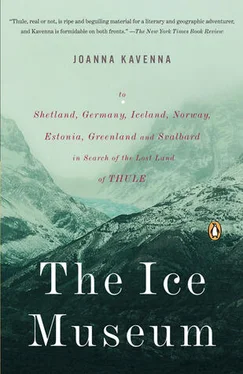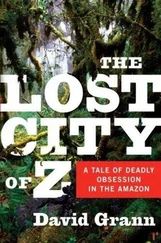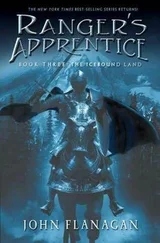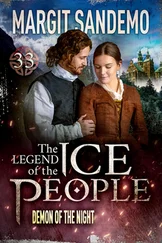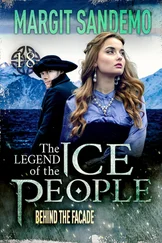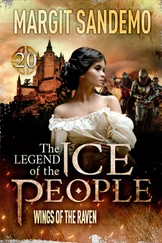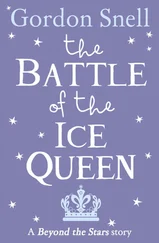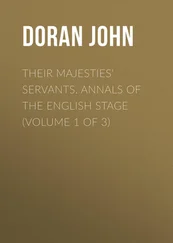Nansen imagined that Pytheas left the coast of Scotland and sailed to an island that might have been Shetland, where the longest day was nineteen hours. Then he sailed on for six days, in a northerly direction, until he reached Thule. An assortment of ancient experts had agreed that Pytheas described Thule as a land where the sun shone through the night in the summer. The nocturnal summer sun made Thule unlikely to be Shetland, Nansen decided. Geminus of Rhodes described Thule as a land inhabited by barbarians, who had shown Pytheas where the sun set. These helpful barbarians were crucial evidence for Nansen. If Thule was inhabited it could hardly have been Iceland, empty and silent at the time. And anyway, he added, Iceland was so far away that Pytheas could not have arrived there in six days. Neither the currents nor the prevailing winds bear in that direction, wrote Nansen, remembering his own experiences in the fierce storms in the northern oceans. This driving ocean would, Nansen decided, have carried Pytheas relentlessly towards Norway.
So, wrote Nansen, with a certain briskness to his tone, even if it seemed a pretty bold idea to claim that Pytheas was the first non-native to land on the western coast of Norway, this was how it had happened. The evidence, arrayed haphazardly but with conviction, was enough for Nansen. ‘All the statements about Thule which have been preserved answer to Norway, but to no other country,’ he wrote.
Pytheas had sailed, thought Nansen, from Shetland with a south-westerly wind and a favourable current towards the north-east, and had arrived off the coast of Norway in the Romsdal or Nordmøre district, where the longest day of the year lasted for twenty-one hours. There the barbarians showed him where the sun went to rest, thought Nansen. From here Pytheas might have sailed northwards along the coast of Helgeland, perhaps far enough to see the midnight sun somewhere north of Dønna or Bodø—among the jagged rocks of the north. ‘After one day’s sail from Thule,’ wrote Pliny, ‘the frozen sea is reached.’ This finished it for Norway, but Nansen squirmed around the sources, arguing that Pytheas never saw the frozen sea for himself, but heard about it from the inhabitants. Hearsay might have been enough, the awed reports of local barbarians, of the sea that thickened to a paste. Pytheas might have puffed up his tale, combining rumours with his own experiences. Or, he might have mixed in the old idea of Ocean, the mythical paste, the vast river.
The ship left Bergen earlier, in gentle drizzle, passing the town to starboard, the white houses with orange roofs ranging up the mountainsides, disappearing under a low mist. The tall slant-roofed buildings lining the waterfront, painted red and yellow and white, their dates of construction ornately represented: 1729, 1709. The deep red-and-yellow painted walls and solid timbers summoning a past epoch of merchant seafaring, when Bergen formed the western edge of the Hanseatic trade area. Before the journey I had spent a week in Bergen, staying in a small wooden house above the old harbour. Every morning I would walk down the hillside to the harbour and buy some bread and a coffee from Baker Brun. I would sit outside the Hanseatic houses, looking across to the sea. The air was always full of the pungent smell of fish, as boats arrived with the morning catch, the market sellers loading up their tables with piles of salmon and mussels. All around me, Bergen lay, spreading up the seven mountains surrounding the town—yellow, red, white houses, red and brown roofs, made of wood. Sometimes in the mornings I walked into an old Hanseatic church before the tourists arrived for the day, to look at the floral-patterned ceiling, the gaudy baroque pulpit, the walls lined with dark paintings of illustrious Germans—Dr. Martin Luther taking his place.
The Norwegian coastal steamer is a common sight in these parts, running a constant route from Bergen to Kirkenes by the Russian border, then turning around and heading south again. It stops at isolated harbours, towns of thirty houses spreading up the sides of the mountains, fishing boats moored along the quayside. At each port, the steamers take on board a kleptomaniac’s collection of cargo—tables, sofas, canisters, doors—future furnishings for a junkyard, ladled into the ship by a fleet of forklift trucks. And they carry tourists from Bergen to the north, and back again: a nonstop circle, if they like—from the lushness of fjordland to the dense greyness of the land in the far north, by the Russian border. There is nothing to do on this boat except watch the view, as the mountains slide slowly away, replaced by another range of rocks. The scenery is so beautiful that the hours pass swiftly, filled with the rocks and the sea. The sunsets are rich and bloody, spreading across the sea. The seabirds cry above the deck, and the wind rises through the night, causing the bow to plunge deeply, slamming against the waves.
Even as the chains rattled along the deck, I was feeling a sense of déjà vu. I had been here before; this was the Arctic country I had travelled most in, when my love of coldness and snow started to send me north, on brief holidays and later periods of residence. I had a tenuous link to Norway; my family had failed to present a cogent genealogical history, but there were rumours, long buried, that our ancestors had mingled with Norwegian Vikings at some stage, most likely in Pembrokeshire, and that this was the reason for various incidences of unusual height which occurred randomly through generations, including my great-great-aunts who had all been six feet tall. It was a family fable, impossible to prove, but it seemed to fit with my feelings, and from the age of ten I tried to persuade my parents to take me to Norway. They were reluctant: my mother suggested Scotland for trees and mountains and water, closer and half the price. Scotland didn’t require a ferry crossing, argued my mother, because she loathed the sea. My father quite favoured the ferry; when we had lived in Suffolk we had often gone sailing on the North Sea, and he had never been entirely happy in the landlocked Midlands. My mother said she wouldn’t mind walking in the mountains if we flew to Bergen but my father wasn’t so keen on walking. Each year I asked, each year the sea versus air dispute continued. By the time I was fourteen, they were just glad I seemed to have a harmless fixation, so we went to Norway.
We took the ferry from Newcastle to Bergen, a crossing of a day and a night. The weather was stormy, the bow smashed into the ocean. My father walked along the deck and my mother stayed below in the cabin, silent, unable to eat. The ferry was the largest boat I had been on; at Bergen the cars filed out of its hold, emerging into a vista of mountains and trees. My parents rented a small chalet in a pine forest; everything became coated in pine needles, and I remember waking in a small bunk bed, my brother asleep in the bunk below, to the smell of bark and the sound of birds screeching through the trees. Some nights we couldn’t sleep at all, because the sun shone through the night hours, and I remember a night when my brother and I had been whispering in our bunks for hours, giggling quietly at child humour, when my mother finally burst into the bedroom. Assuming we were in trouble, we fell silent, but we saw our mother was smiling. She had golf clubs in her hand. It was so bright, she said, that we were going to go and play mini-golf. Yes, it was late, or even early, but there was a golf course somewhere in the forest and she couldn’t sleep either.
Each day my father and I sailed in a small boat, under a bridge across a great fjord. Squinting against the sun, gripping the tiller, though the water was smooth, because the vastness of the mountains made me uneasy. We walked to the glaciers, posing for photos against a background of deep blue ice, my brother flapping his arms in the cold. We ate stale bread sandwiches with thin strips of cheese; it seemed to be all we could find in the small cafés along the coast. I was never bored, though I was quiet during the weeks, trying to commit the view to memory, taking pictures with a small camera, thinking I would never travel there again. At that time, it seemed impossible I would return.
Читать дальше
